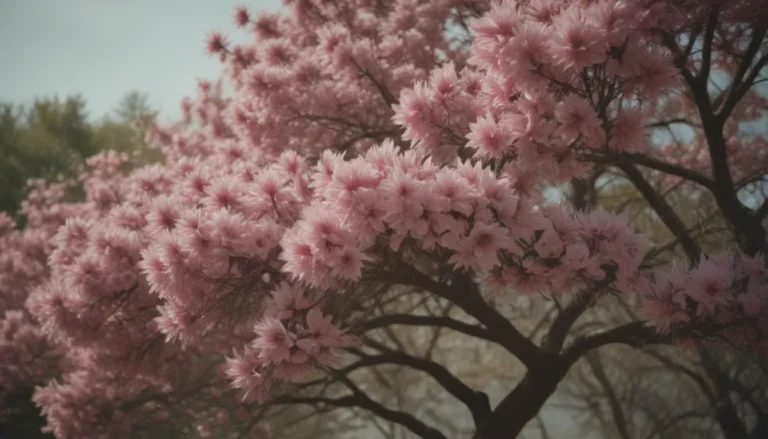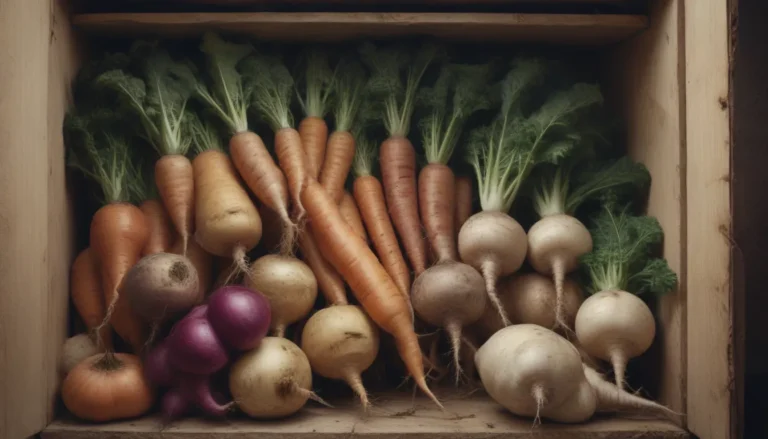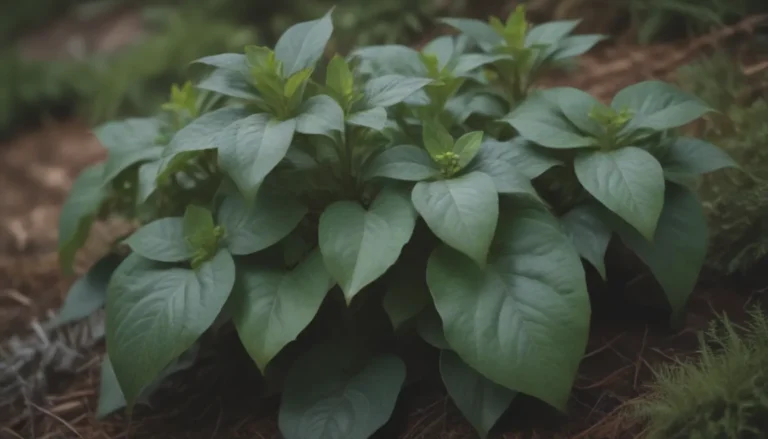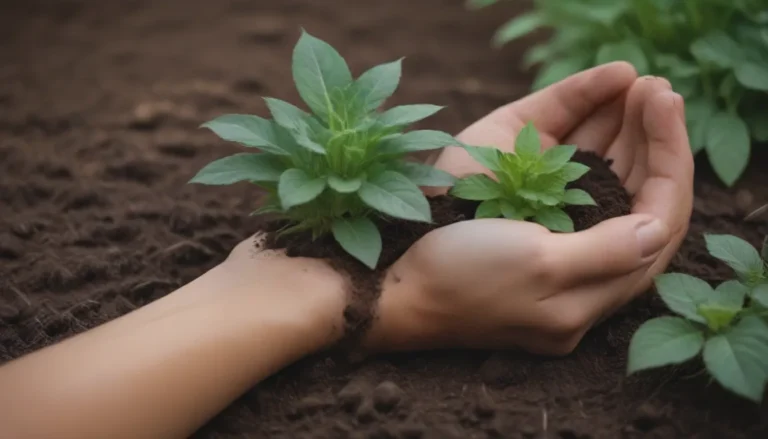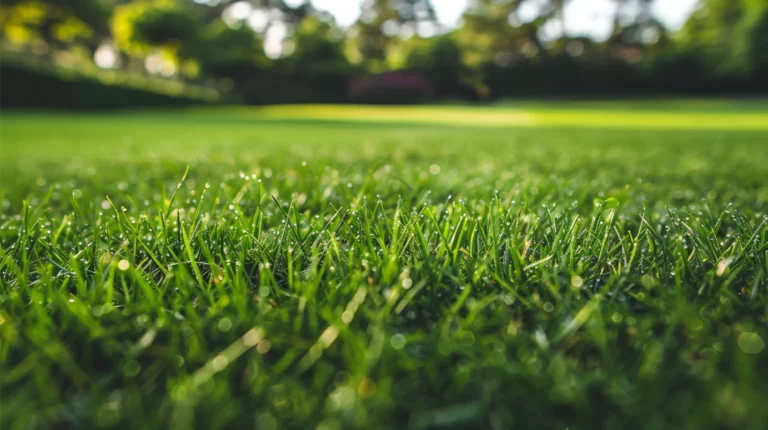Everything You Need to Know About Growing Little Gem Magnolia Trees
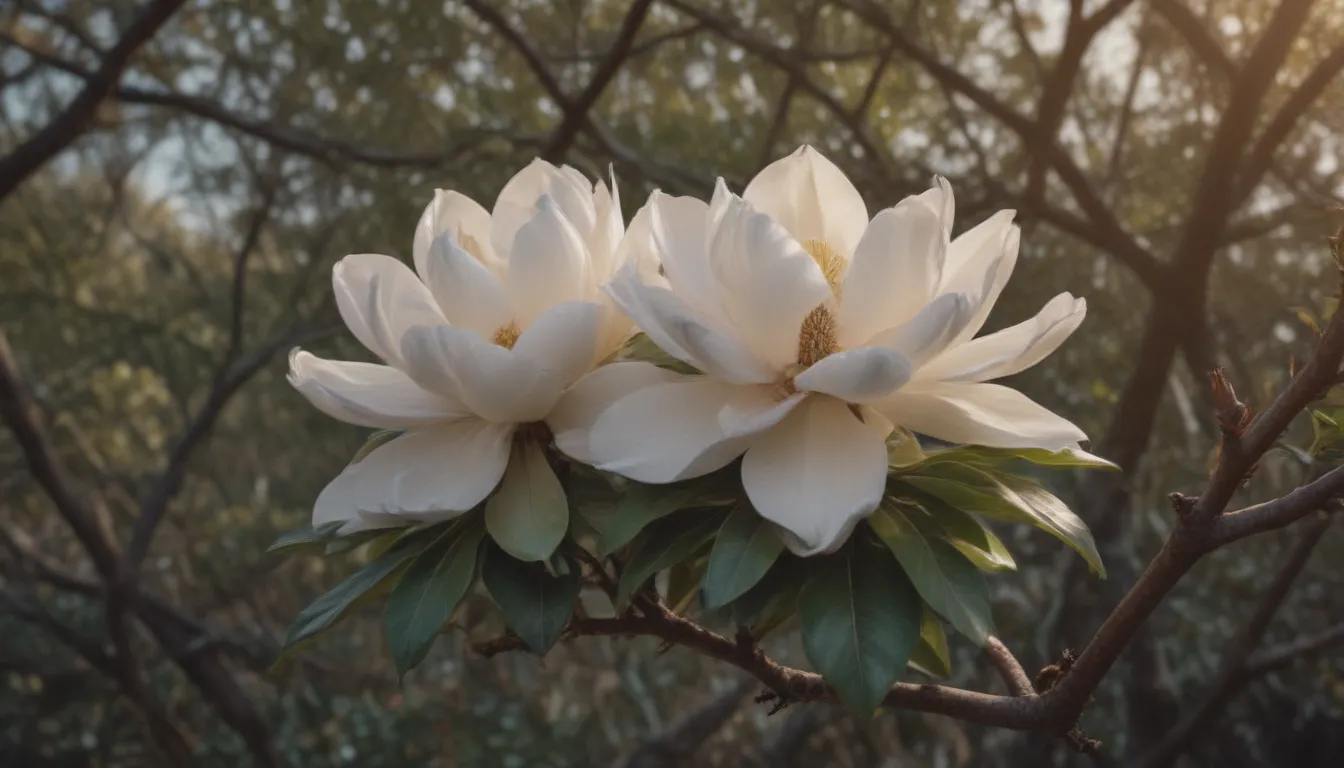
When it comes to landscaping, flowering trees and shrubs can add a touch of charm to any home. If you’re looking to infuse your landscape with a bit of southern flair, then the Little Gem Magnolia, or Magnolia grandiflora ‘Little Gem,’ might be just what you need. This small tree, standing at 15 to 20 feet tall, is the little sister to the iconic Southern Magnolia, which can grow up to a towering 80 feet. Little Gem Magnolia is one of two dwarf versions of the southern magnolia that boasts the same large, fragrant creamy white flowers and waxy green leaves. The other dwarf version is Teddy Bear Magnolia.
If you’re thinking about adding a Little Gem Magnolia to your garden, here’s everything you need to know to ensure it thrives:
Choosing the Right Planting Location
Magnolia trees, including the Little Gem variety, can be a bit finicky when it comes to their planting location. Whether you’re planting it in the ground or in a pot, here are some key considerations:
In-Ground Planting:
- Select a spot with at least six hours of sunlight daily.
- Ensure the soil is slightly acidic, with a pH of 5.5 to 6.5.
- Opt for well-draining, organically rich loamy soil.
- Water deeply once or twice a week, especially when newly planted.
- Mulch to retain soil moisture and deter weeds.
Container Planting:
- Use a large container with ample drainage holes.
- Consider root pruning annually to accommodate growth.
- Water daily during hot summer days.
Little Gem Magnolia Tree Care Tips
Taking care of your Little Gem Magnolia tree is essential to ensure its healthy growth and abundant blooms. Here are some care tips to keep in mind:
Light:
- Provide at least six hours of sunlight daily.
- Partial shade in the afternoon can be beneficial.
Soil:
- Aim for a slightly acidic pH of 5.5 to 6.5.
- Ensure the soil drains well.
- Work in aged compost at planting time.
Water:
- Water deeply once or twice weekly, especially after transplanting.
- Develops drought tolerance with maturity.
- Mulch to retain soil moisture.
Temperature and Humidity:
- Hardy down to about 5°F.
- Protect from hot afternoon sun to prevent foliage damage.
Fertilizer:
- Use organic slow-release fertilizer in early spring.
- Feed monthly for potted plants during the growing season.
Common Pests and Plant Diseases:
- Keep an eye out for leaf spot, blight, and verticillium wilt.
- Treat aphids, thrips, and scale with neem oil or insecticidal soap.
- Prune out diseases and damaged branches promptly.
Types of Small Magnolia Trees
If you’re looking for alternatives to the Little Gem Magnolia, there are several other small magnolia tree varieties to consider:
- Saucer Magnolia (M. X soulangeana)
- Star Magnolia (M. stellata)
- Magnolia Ann (M. liliflora nigra)
- Teddy Bear Magnolia (M. grandiflora ‘Teddy Bear’)
Propagating Little Gem Magnolia Tree
Since Little Gem Magnolia is a hybrid, propagation is best done through cuttings. Follow these steps for successful propagation:
- Gather softwood cuttings in spring.
- Use well-draining potting mix in small pots.
- Provide ample sunlight and moisture for successful rooting.
Overwintering Your Little Gem Magnolia
To ensure your Little Gem Magnolia survives the winter months, consider the following tips:
- Hardy down to -5°F.
- Use frost covers in colder climates.
- Move potted plants indoors in severe weather.
How to Get Little Gem Magnolia to Bloom
The abundant blooms of the Little Gem Magnolia are a sight to behold. Here’s how to encourage more blossoms:
Bloom Months:
- Flowers open in May and last through spring and summer.
- Continuous blooms can last through October.
Encouraging Blooms:
- Provide at least six hours of sunlight daily.
- Check soil pH and ensure good drainage.
- Fertilize in spring with a phosphorous-rich product.
Common Problems and Solutions
Despite its beauty, the Little Gem Magnolia can face some common challenges. Here’s how to address them:
Leaf Shedding in Spring:
- Normal before flowering begins.
- New leaves will emerge after blooming.
Leaf Branch and Dieback:
- Prune out damaged branches after frost.
- Allow the tree to produce new healthy growth.
Discolored Flowers:
- Caused by temperature extremes.
- Choose a planting location with shade and proper care.
Conclusion
In conclusion, growing a Little Gem Magnolia tree can be a rewarding experience if you follow the right care guidelines. From choosing the perfect planting location to encouraging abundant blooms, these tips can help you cultivate a healthy and beautiful tree in your garden. Remember to provide ample sunlight, well-draining soil, and regular maintenance to ensure your Little Gem Magnolia thrives for years to come. So, why not add a touch of southern charm to your landscape with a Little Gem Magnolia tree today?
